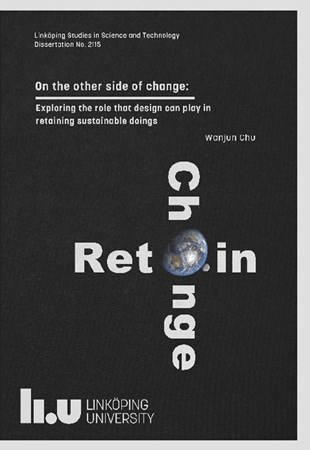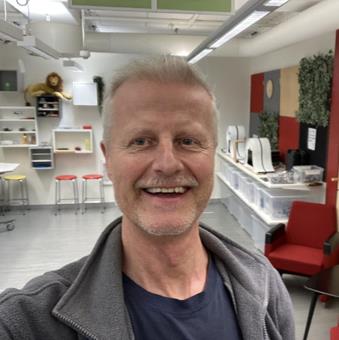I am a design researcher with a keen interest in exploring novel design theories and methods to understand and shape the sustainability implications of products and systems in people’s everyday life. I have a cross-disciplinary background in Interaction Design (Bachelor of Arts), Sustainable Development (Master of Science), and Design for Sustainability (PhD).
This cross-disciplinary background enables me to understand and investigate the complex dynamics between users, products, and interaction contexts, as well as to explore the potential implications, both desired and unintended, that emerging technologies may introduce in people’s transitions towards sustainability.
In general, my research interests and expertise cover various topics related to design for sustainability and circularity, which comprise the following themes:
Design for Sustainable Behavior Transitions at both individual and socio-technical system levels through multiple theoretical lenses (Activity Theory, Behavior Psychology, Social Practice Theory) from my PhD work.
- Sustainable food consumption and packaging design from IAPRI research scholarship & visiting scholar at the Department of Industrial Design, RMIT, Australia.
- Sustainable Interaction Design (S-HCI and Attachment Framework) from my graduate thesis work with the People and Computing Lab at UZH, Switzerland.
- Design education pedagogical research from LiU Pedagogical Development Funds (PUG)
- Design for human-centered autonomous product and service systems from my work at R&D, Scania AB, Volkswagen Group.
- Co-creating AIDA modular robot for promoting HRI, sustainability, and circularity education in collaboration with LEAD start-up incubators, Sweden.
Teaching
In addition to research, I am engaged in a wide range of teaching activities, ranging from course management and planning, examination, supervision, lectures, labs, seminars, creation of new courses, to pedagogical development at both undergraduate and graduate levels. My teaching subjects mainly covers three domains: design for sustainability, user-centered design, interaction design & UX.
From 2021 to 2023, as the course lead and examiner, I am responsible for the following courses: User Driven Product Development, Thinking with Representations, Advanced Interaction Design, Interactive Products. Prior to that, I co-created the graduate level course - Design for Sustainable Everyday Life with Prof. Renee Wever (IEI).

































